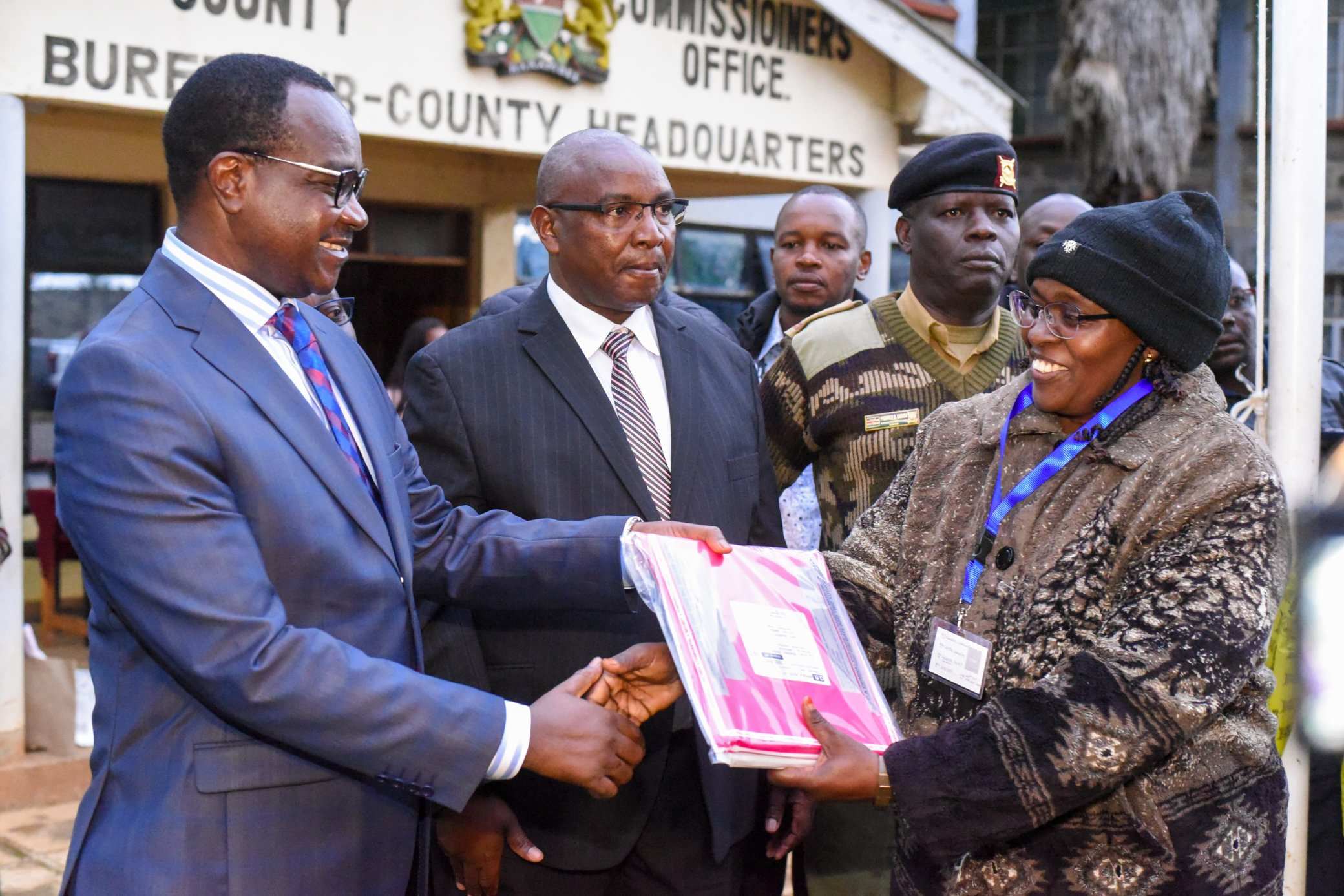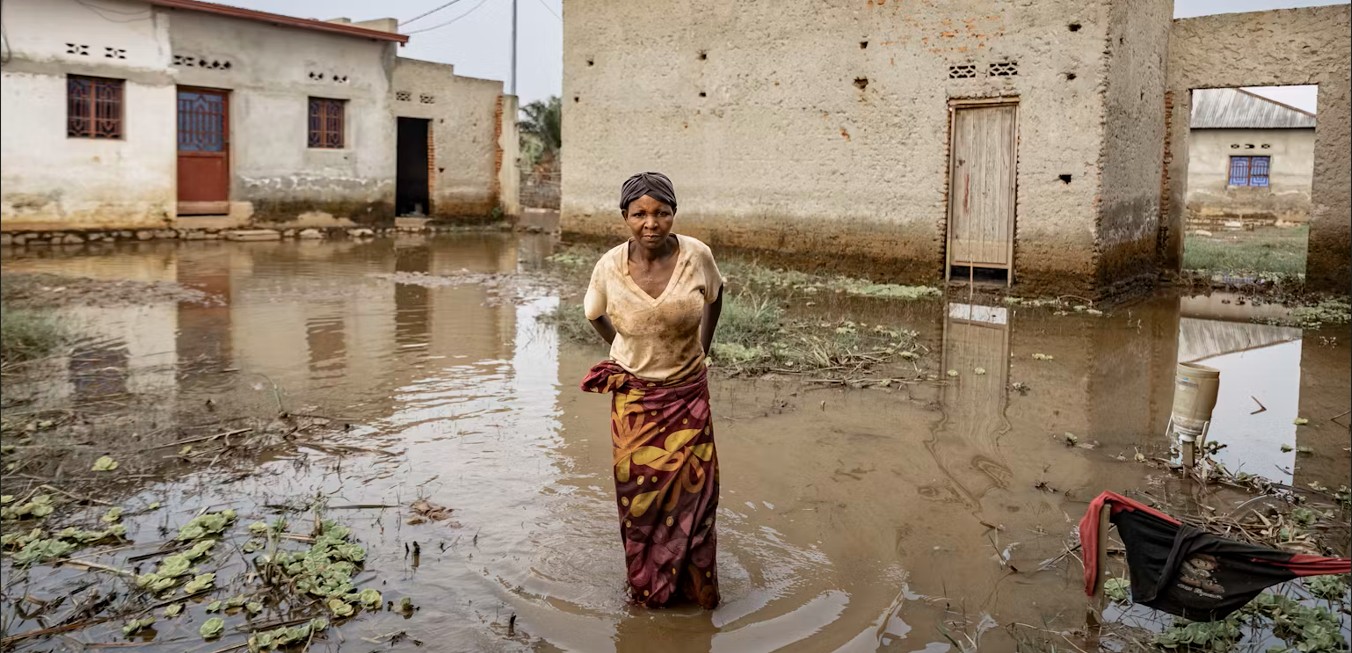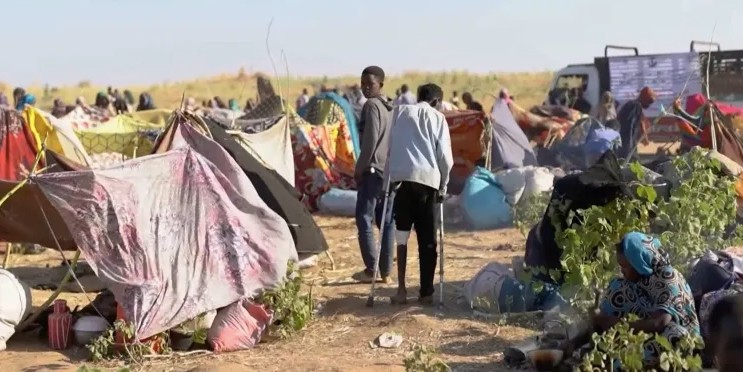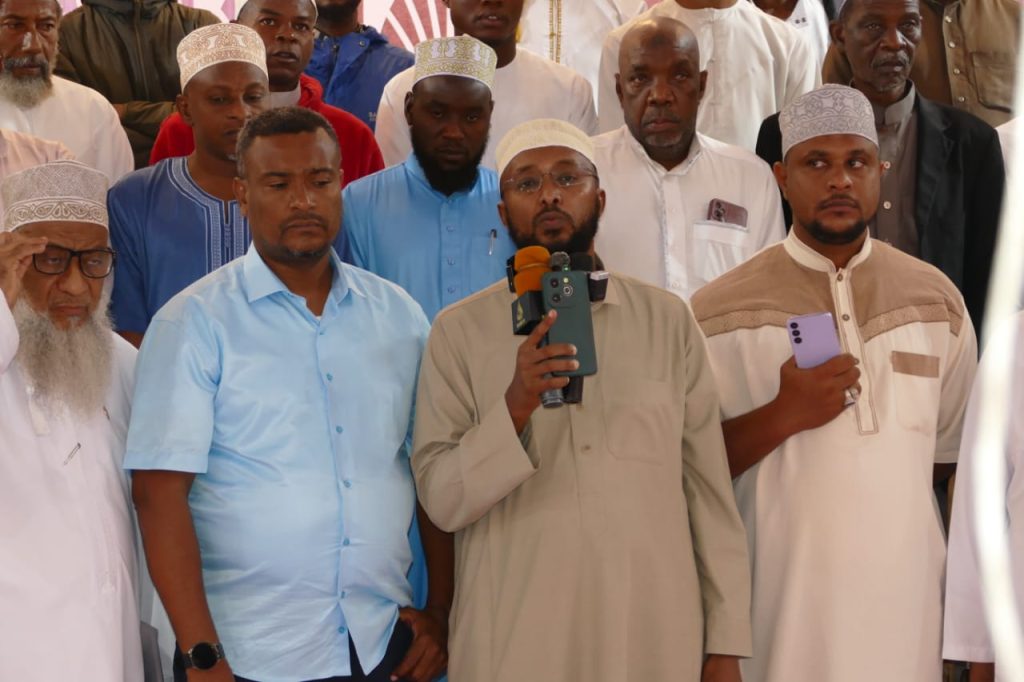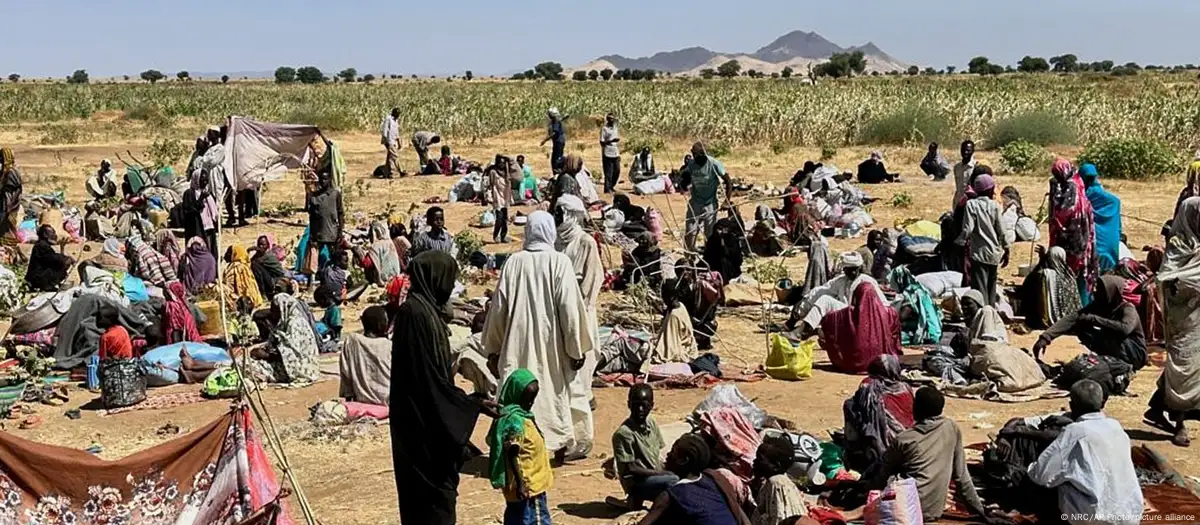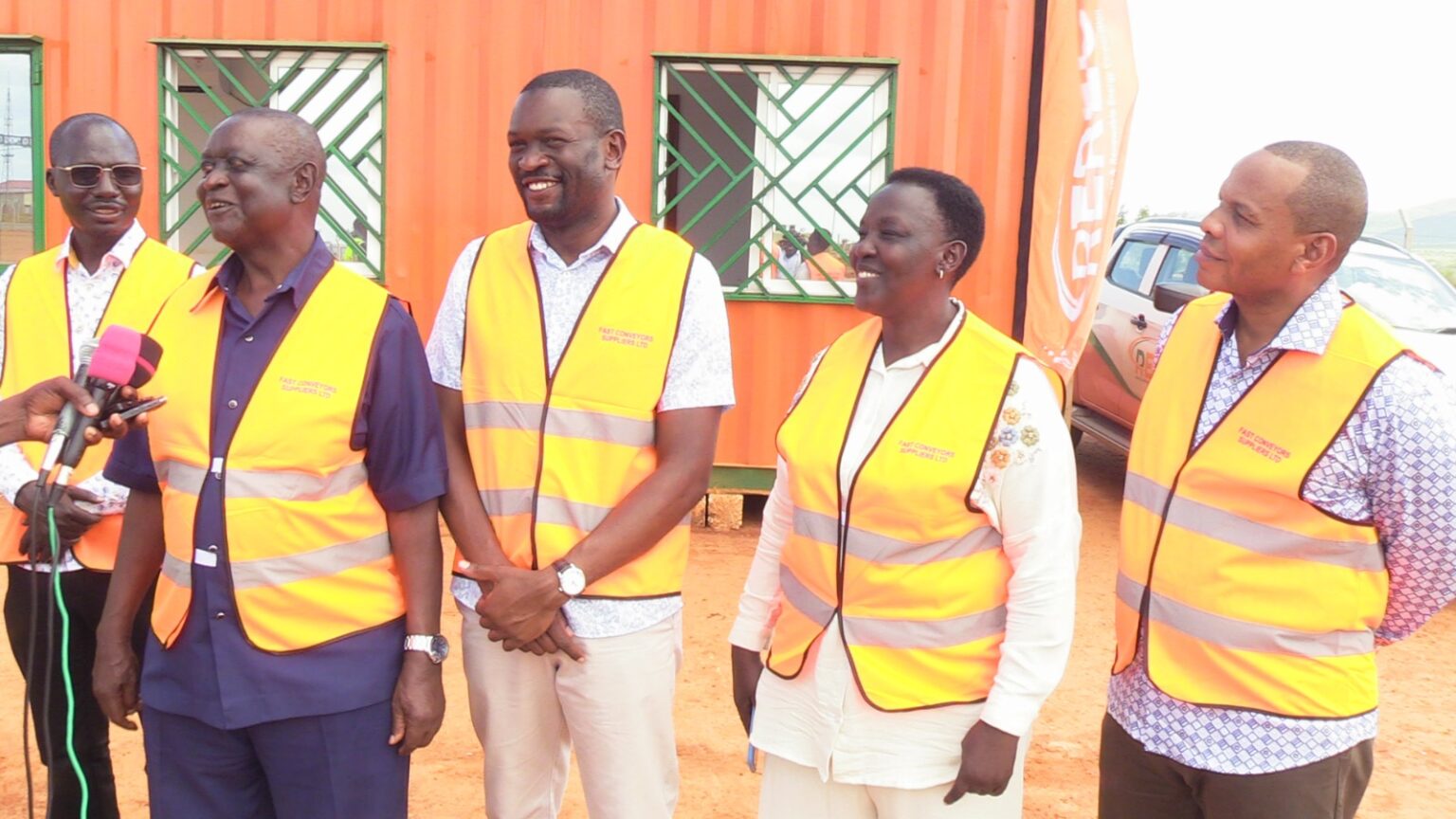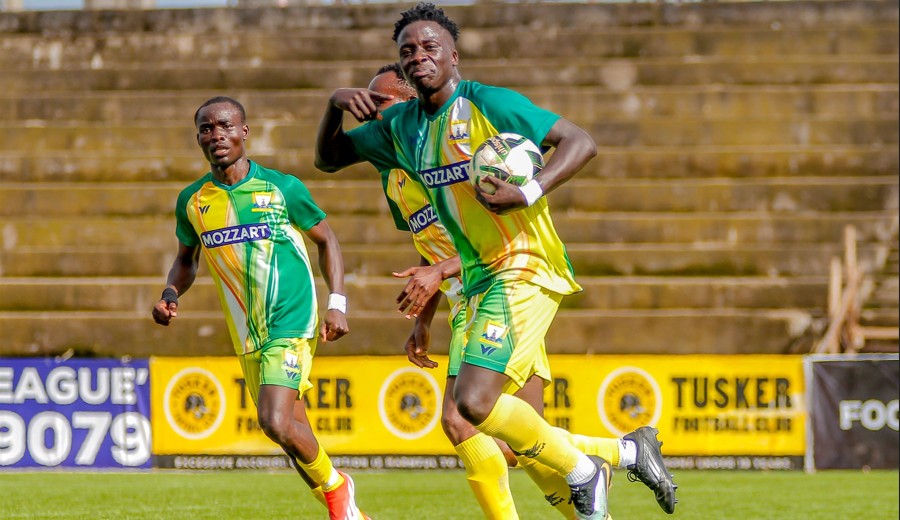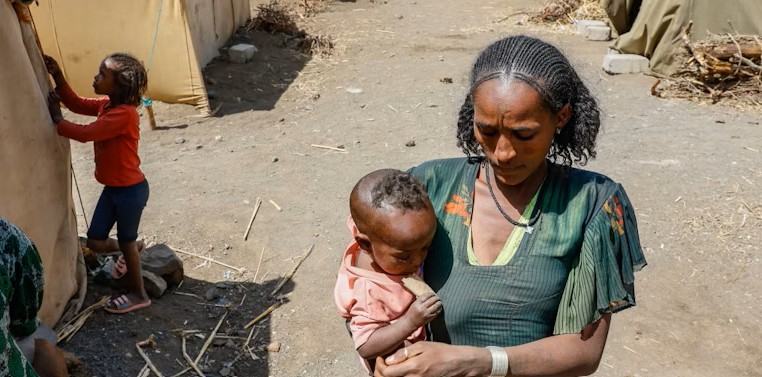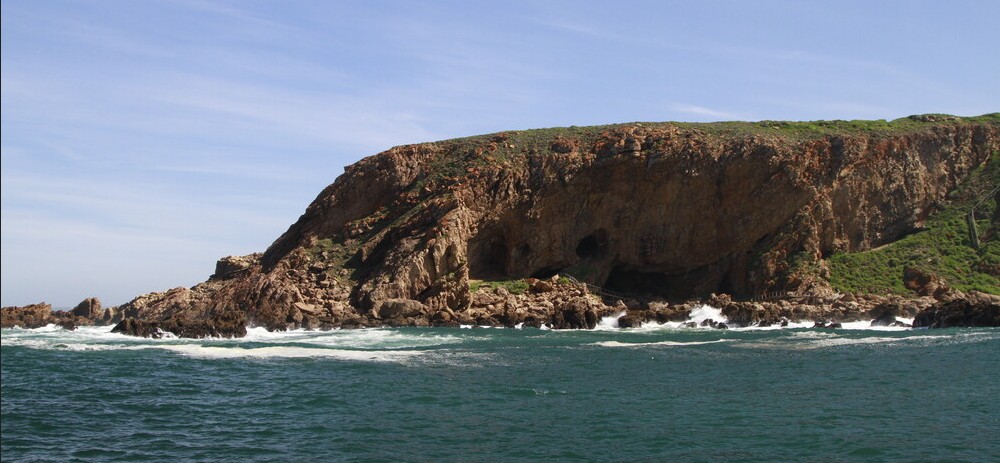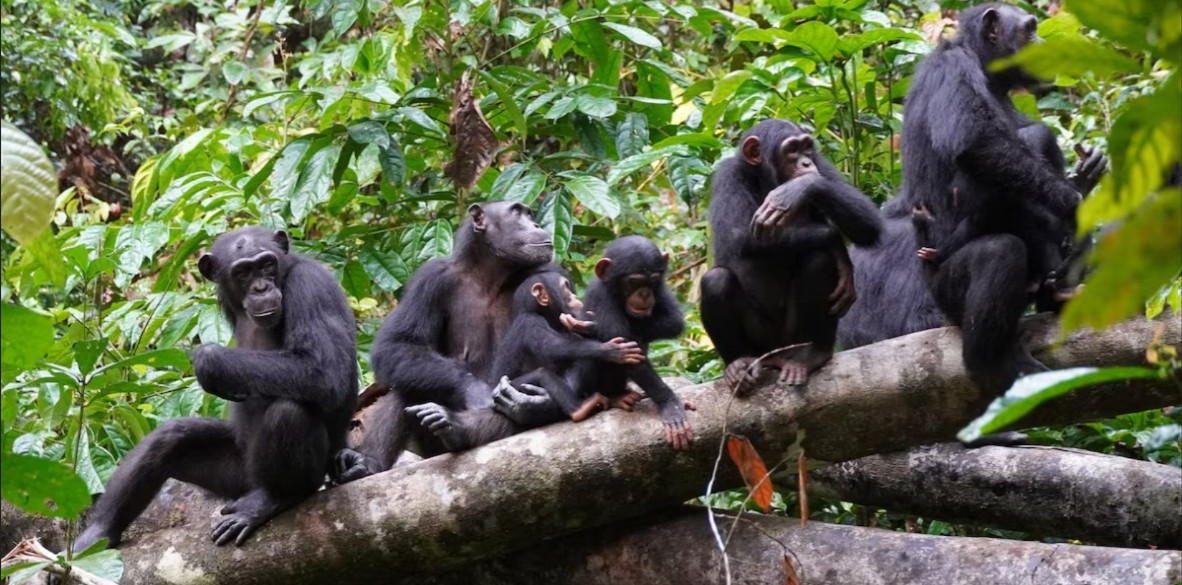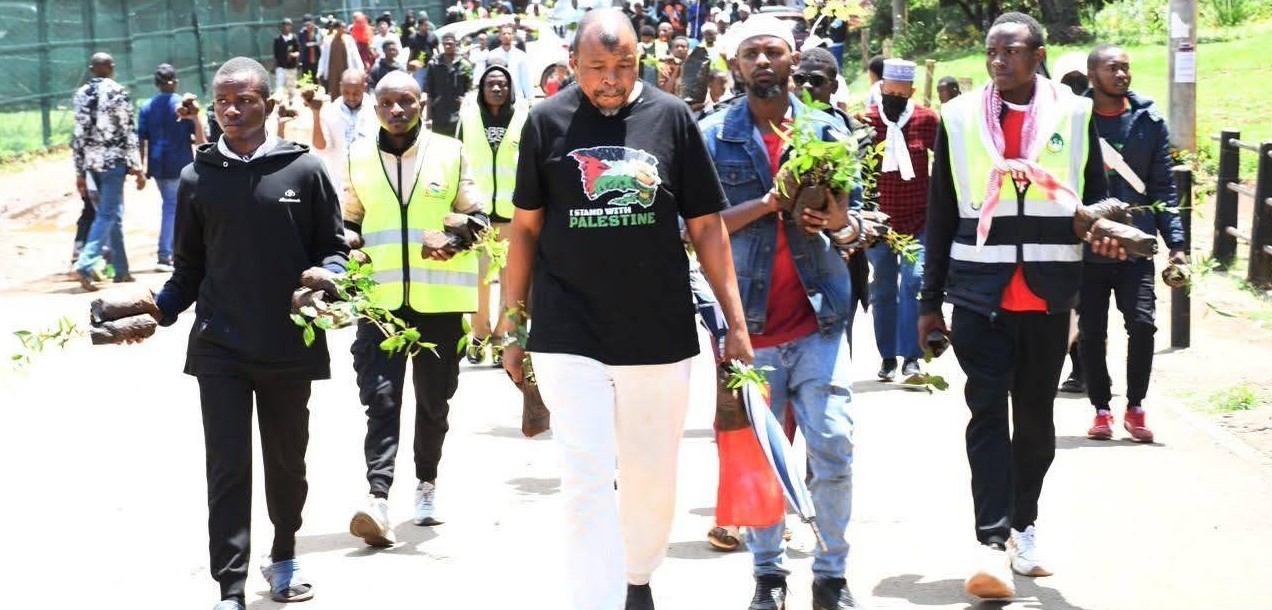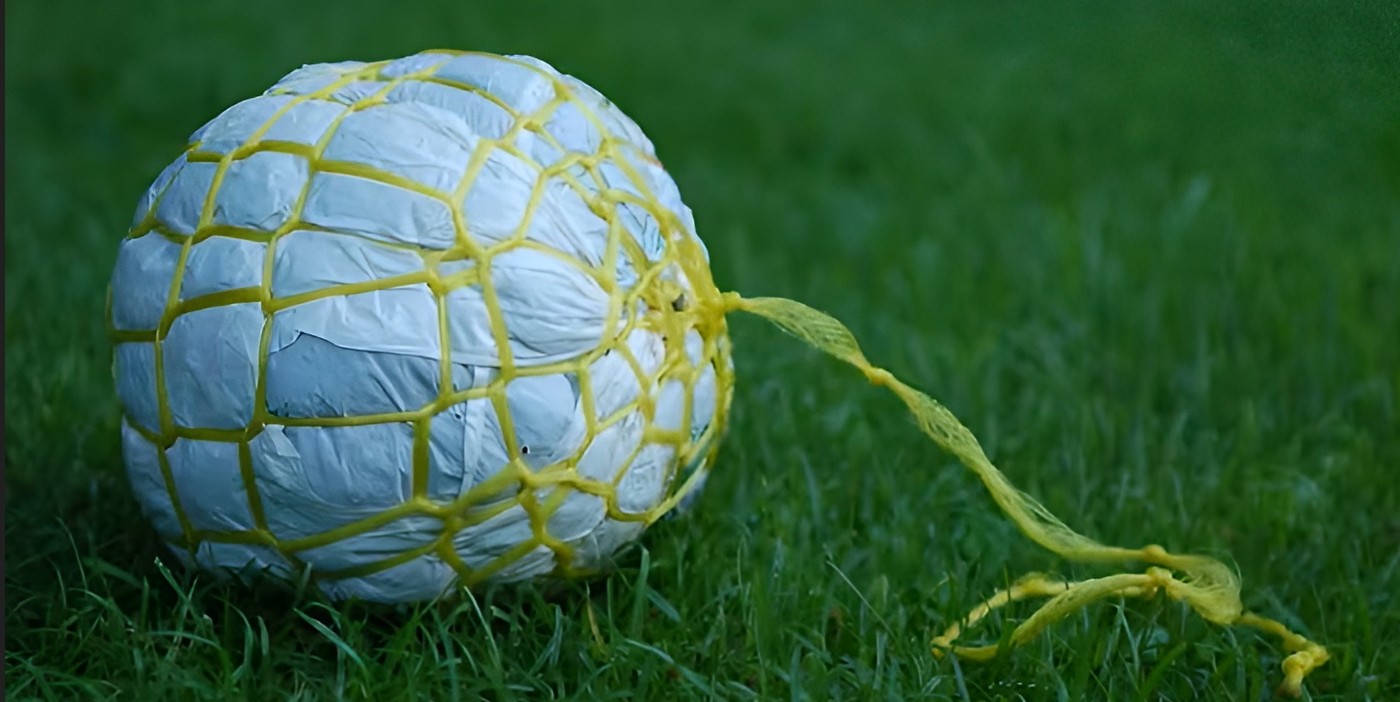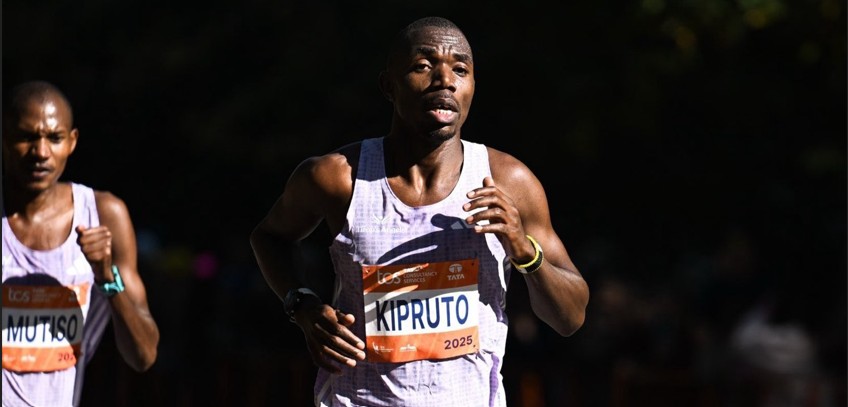Two more bodies recovered from Mombasa's Tudor Creek after Friday's boat tragedy
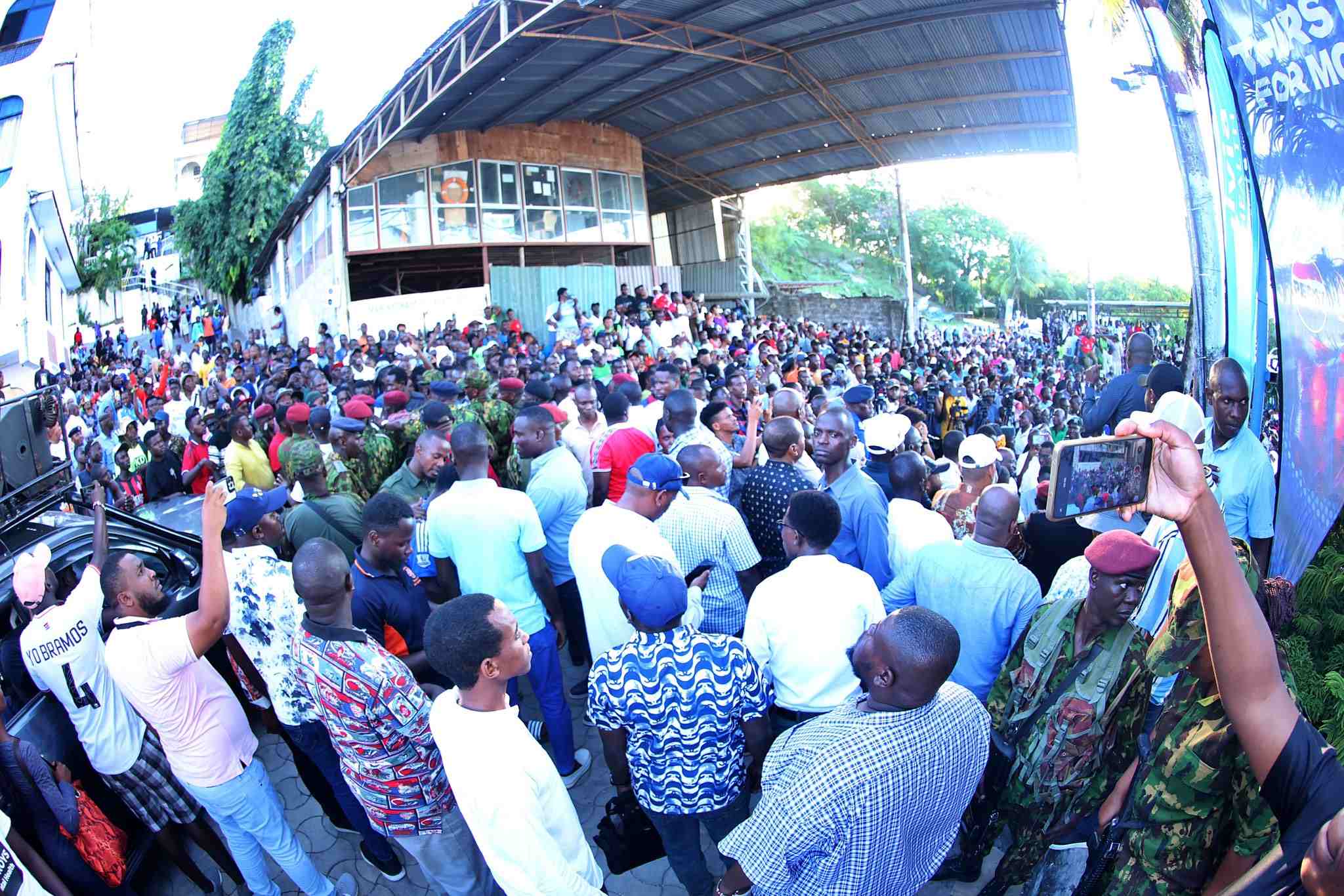
Families have since identified the bodies, marking a sombre end to the incident that claimed the lives of members of the Kijiweni Youth Uplift Team.
Two more bodies were recovered in the early hours of Monday morning from Tudor Creek, bringing closure to the three-day search and rescue operation following the tragic boat accident during the East Africa Ocean Festival in Mombasa on Friday.
The two bodies were recovered near Nyali Bridge, about one kilometre from the scene incident
More To Read
- Families of drowning victims appeal for help weeks after East Africa Ocean Festival tragedy in Mombasa
- 40 migrants dead, 30 rescued after boat capsizes off Tunisian coast
- Senator Mungatana slams county over delayed response to Kipini sea tragedy
- Mombasa County distances itself from East African Ocean Festival after boat tragedy claimed three lives
- Search continues for victims of Mombasa boat disaster amid calls for accountability
- Activists demand arrests after three drown in Mombasa boat race tragedy
Families have since identified the bodies, identified as Stephen Karembo and Thomas Wanyonyi, marking a sombre end to the incident that claimed the lives of members of the Kijiweni Youth Uplift Team.
Authorities confirmed that the multi-agency operation, which included the Kenya Navy, Kenya Coast Guard Service, Kenya Maritime Authority, Tourist Police Unit, and the County Government of Mombasa, has now been officially closed. The decision came after all missing persons were accounted for.
In the wake of the tragedy, all remaining activities at the festival were suspended, citing safety concerns.
The event, which was supposed to run from October 9 to 11, featured ocean sports including dragon boat racing, sailing, kayaking, and jet ski competitions, attracting more than 700 participants.
The organisers of the East African Ocean Festival have defended their safety protocols following accusations of negligence from survivors and sections of the public.
In a statement, the East Africa Ocean Festival (EAOF) maintained that all safety requirements were observed, noting that a comprehensive Safety Manual and Risk Assessment Plan were in place.
According to EAOF, all participants underwent pre-event safety briefings, were provided with certified life jackets, and took part in safety drills before the competition. Medical and emergency response teams, including paramedics and ambulances, were reportedly stationed on-site throughout the festival.
“The East African Ocean Festival has always been conducted under a robust safety management framework. We remain committed to supporting the affected families and survivors during this difficult time.”
However, survivors have contradicted this account, alleging that safety standards were not properly enforced.
During Deputy President Kithure Kindiki’s visit to the site on Sunday, some of them claimed that lifeguards were not present at the time of the accident and that there were not enough life jackets for all crew members.
“It is by sheer luck that we survived. We expected our safety to be prioritised, but we were left helpless. When the accident happened, there were no lifeguards. They gave us only one life jacket, yet we had 22 people on board,” one of the survivors said.
The dragon boat that capsized had 22 registered participants, of whom 19 were rescued through the combined efforts of the Kenya Navy and other emergency teams.
Deputy President Kindiki, who visited the scene to oversee the rescue efforts, announced that compensation would be issued to the affected families once the recovery process was concluded.
The East Africa Ocean Festival organising committee has pledged to provide continued psychosocial support, meals, and medical aid to the victims’ families and survivors.
Top Stories Today
